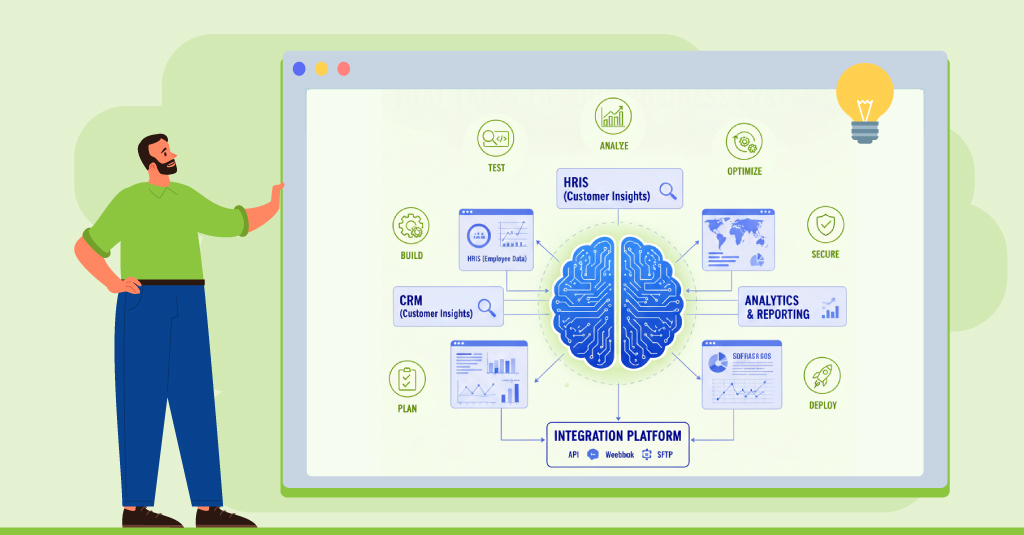There sure are lot of learning design community folks who love to play digital games.
It’s always interesting to hear gamers talk about why they play certain genres of games and what aspects of those games they love.
What is even more impressive is the passion and motivation that gets individuals to play these games.
Recently I have been playing Little Big Planet on the PSP, something I bought on whim for my seven-year old. Watching him learn to play and master the game has been quite a revelation. Mainly that learning is such an organic activity that trying to define it in any way will be inadequate. While elearning has a long way to go in matching physical world experiential learning, there are definitely some aspects of the game world we want to emulate.
Little Big Planet; several quick realizations:
1. Easy, simple to difficult, complex – Every platform scroller game does this, but LBP excels because it creates the right difficulty curve, not too much, not too little. Just enough challenge to keep you wanting to try; if it weren’t difficult enough, it becomes boring, too hard and you give up. This sort of difficulty curve is never, (I take that back) perhaps rarely seen in elearning courses. Courses are just that, they run the course. We should learn how to offer experiences and not just display after display of information that could be effective as a booklet or document.
2. Contributory nature is very important, the ‘ability to create and share’. Ask yourself about the last elearning course you took – did you create something in it? If you did, could you share it with the rest of the world? LBP differs from other games by being as much a tool as a game. By offering an entire authoring environment, you can custom design levels and share them with the world. It also offers a unique insight into how game levels are created. While the levels that came with the game are nice; the levels that users all over the world have created are simply astounding. Amazingly, it is not just any other level you are sharing, it is the experience on a standardized platform.
I’d really like to see courses that allow individuals to create ‘things’, artifacts that indicate their level of competence. Also, the ability to share those with others, and if possible experience them (as in LBP).
3. Embedded in activities – While learning to play LBP it is nice how the learning is embedded into the environment and the game play activity. You effectively use the environment and controls to learn how to manipulate the environment and control the game avatar. Contrast this with typical elearning, where there is a huge separation between display and content. They are rarely one and the same thing.
A closer look at much touted simulations reveal nothing more than linear task based exercise with limited feedback or a series of shallow scenarios with questions to follow, of which the user must select options and receive feedback accordingly. (especially in workplace elearning) Perhaps this works, but it is very boring. In eLearning we need to rethink simulations, first with better depth of content and decision making required and second, with better fidelity representations of the real workplace. Including realistic goals that can be accomplished as learners make their way through activities in the environment may prove a sound learning design choice.


















